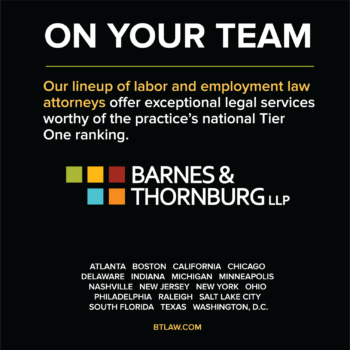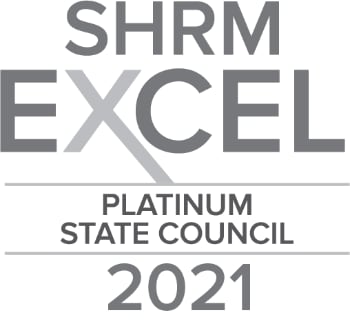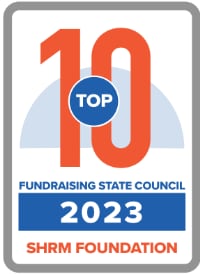We’ve discussed some of the basics that HR professionals need to know about sexual harassment, but how do you put this knowledge into practice to effectively address and prevent sexual harassment in your workplace?
A key to creating a harassment-free environment, identified by the Equal Employment Opportunity Commission (EEOC), is to aim higher than simply avoiding legal repercussion. We must look beyond the bare minimum and work to establish a broader culture of respect and open communication that focuses on the well-being of our employees.
This cultural emphasis has to come from the top with a commitment from leadership, and employees at all levels must be held equally accountable.
A Pulse on Your Current Culture
Three out of four employees who experience sexual harassment do not report it according to the EEOC. Translation: just because you aren’t aware of incidents, doesn’t mean sexual harassment isn’t occurring within your company.
This is why a culture of respect and open communication is so important. All employees, including victims and bystanders, must first feel comfortable recognizing and reporting harassment before you can effectively address and prevent it.
One way to take the temperature on your company’s current culture is to conduct a climate survey. Ask your employees to anonymously share their thoughts about your culture. This will give you a starting point in identifying what you’re doing well, where improvements need to be made and what issues need to be addressed.
Sexual Harassment Policy
A defined policy with clear courses of action is critical to both employee understanding and to effectively dealing with incidents. Assess your sexual harassment policy for timeliness and clarity. If your policy hasn’t been revisited in some time, you may need to consider updates.
For example, social media has become an important topic in regards to harassment, and many organizations now include it in their policies. Sexual harassment violations can also extend beyond the office walls, which many employees don’t realize or consider. Remember that there is no one-size-fits-all blanket policy; yours needs to make sense for your industry, workforce and environment.
As you look at your policy, also consider implementing sexual harassment prevention training. In the wake of current events, and as a holistic culture of respect takes the forefront, many organizations are altering their approach to this type of training.
SHRM has identified a variety of changes that organizations are making to sexual harassment prevention training, including:
- Adding “workplace civility” training components to promote respect, dignity and trust
- Tailoring training to the organization’s unique workforce
- Adding training to onboarding activities for all staff at every level
Bystander intervention has also become an important topic, pointing out the importance that all employees feel responsible for reporting harassment when they see it – even if they themselves are not victims.
Creating Open Communication
Policy is critical, but simply having one isn’t enough. Employees must know about and understand the policy and be comfortable discussing these issues without fear of repercussion or inaction.
According to SHRM, 94% of HR professionals confirm that their organization has a sexual harassment policy. However, 22% of non-manager employees don’t know whether or not their organization has one.
Communicating your policy at key points — such as new-hire orientation — is important, but also look for additional points to remind employees that it exists, how to report violations and when updates have been made to the policy.
Some organizations even develop internal campaigns to stress their commitment to a respectful workplace and raise awareness for their policies and focus on employee well-being.
Resources Available
Sexual harassment is a difficult subject with many nuances and situational considerations. It’s important to equip your organization with the tools to spot, address and prevent sexual harassment as much as possible.
Remember that there are resources to assist you in this endeavor. Check out SHRM’s sexual harassment resources for more information.






